By Martha Ullman West
Art Scatter is always pleased as punch to accept an essay from its chief correspondent and occasional world traveler, Martha Ullman West. MUW has been a busy woman lately. Herewith we offer her personal recollections of the late, great Lena Horne; her thoughts on the swan song of dancer Gavin Larsen, retiring from Oregon Ballet Theatre (plus other thoughts about OBT); Cedar Lake Contemporary Dance; and a comic theatrical riff on the Bronte sisters. Whew: That covers some territory!
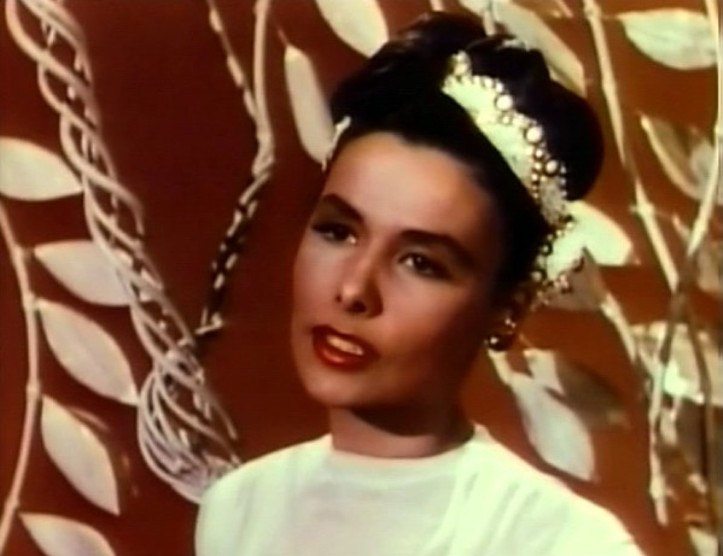
First and second thoughts on a Monday morning —
I was going to start this post with some second thoughts about Oregon Ballet Theatre‘s recent Duets concert series and specifically last Sunday’s matinee performance, Gavin Larsen‘s last as a principal dancer.
But I logged on to my e-mail an hour or so before I began writing and found that a high school classmate had forwarded me the New York Times obituary for Lena Horne, so I’ll start with some extremely vivid memories of her that go back, oh dear God, 58 years.
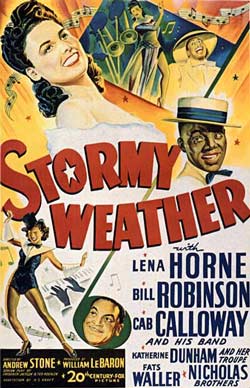 Her daughter, Gail Jones, was a year ahead of me at a Quaker boarding school in Poughkeepsie, N.Y., called Oakwood. The glamorous Lena Horne was a loving, devoted mother, who always came to Parents Day — and so did my father, believe you me.
Her daughter, Gail Jones, was a year ahead of me at a Quaker boarding school in Poughkeepsie, N.Y., called Oakwood. The glamorous Lena Horne was a loving, devoted mother, who always came to Parents Day — and so did my father, believe you me.
First memory: October of my freshman year, Lena in a red velvet suit, prowling (no other word for it) along the football field, definitely deflecting fatherly attention from the game as well as the nubile cheerleaders, although Dad claimed for years he heard a Quaker referee calling “Thee is out.”
Second memory: Two years later, a cold wintry day, I was running barefoot down the hall of my dormitory when that unmistakable voice called from Gail’s room, “Child, put your shoes on — it’s freezing in here.” I stopped dead in my tracks, turned around, and there she was; looking, needless to say, stunning. And stern. I put my shoes on.
Third memory: The American Masters PBS show twelve years ago in honor of her 80th birthday (and she looked about 50, I might add), which I imagine PBS will reprise and I urge all Scatterers to watch. Daughter Gail Jones’s history of the Horne Family is also well worth reading. As is the Times obituary. Lots of “Stormy Weather” in Lena’s life; damned if she did, damned if she didn’t, and did she ever overcome, with astonishing glamor and grace.
*
There was plenty of grace of a different kind, and glamour best described as casual, as Oregon Ballet Theatre’s dancers filed past Larsen at the second intermission a week ago Sunday. Larsen was still in her Duo Concertant practice clothes costume, crowned with a ballerina’s tiara. The casual part applies to the jeans-clad dancers who each gave her a single rose and a kiss as they walked past her: It’s a tradition that began, I believe, at the Paris Opera Ballet.
Continue reading Goodbye to Lena, swan song for Gavin, the Brontes and kickin’ with Cedar Lake →
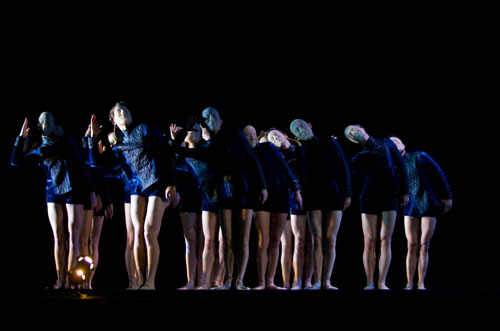 James McGrew
James McGrew Blaine Truitt Covert/OBT
Blaine Truitt Covert/OBT Still. Of course No Man’s Land is a play, but in its distillation of psychological and philosophical themes and its virtual abandonment of plot, which seems to have been dropped unceremoniously through a trap door in the stage floor, it takes on the musically suggestive qualities of dance. And of course Carmen is a ballet. But as Bizet and his opera librettists, Henri Meilhac and Ludovic Havely, devised it (they were working from an earlier novella by Prosper Merimee, who in turn may have been working from a narrative poem by Alexander Pushkin) the story is indisputably theatrical, a twisting and exciting tale of action and big moments leading thrillingly to tragedy. Stowell chose to keep those elements — indeed, Bizet’s music almost demands it — creating an uncompromisingly theatrical ballet. Fonte, working with Stravinsky’s jagged and compellingly modern score and incorporating a good deal of Fokine’s original movement style, took an opposite approach, distilling almost to the point of pure dance Petrouchka‘s sad folk tale of a puppet who comes to life, falls in love, and is murdered. (It’s a tough fate: all Pinocchio got was a long nose and a short stint in a whale’s belly.)
Still. Of course No Man’s Land is a play, but in its distillation of psychological and philosophical themes and its virtual abandonment of plot, which seems to have been dropped unceremoniously through a trap door in the stage floor, it takes on the musically suggestive qualities of dance. And of course Carmen is a ballet. But as Bizet and his opera librettists, Henri Meilhac and Ludovic Havely, devised it (they were working from an earlier novella by Prosper Merimee, who in turn may have been working from a narrative poem by Alexander Pushkin) the story is indisputably theatrical, a twisting and exciting tale of action and big moments leading thrillingly to tragedy. Stowell chose to keep those elements — indeed, Bizet’s music almost demands it — creating an uncompromisingly theatrical ballet. Fonte, working with Stravinsky’s jagged and compellingly modern score and incorporating a good deal of Fokine’s original movement style, took an opposite approach, distilling almost to the point of pure dance Petrouchka‘s sad folk tale of a puppet who comes to life, falls in love, and is murdered. (It’s a tough fate: all Pinocchio got was a long nose and a short stint in a whale’s belly.)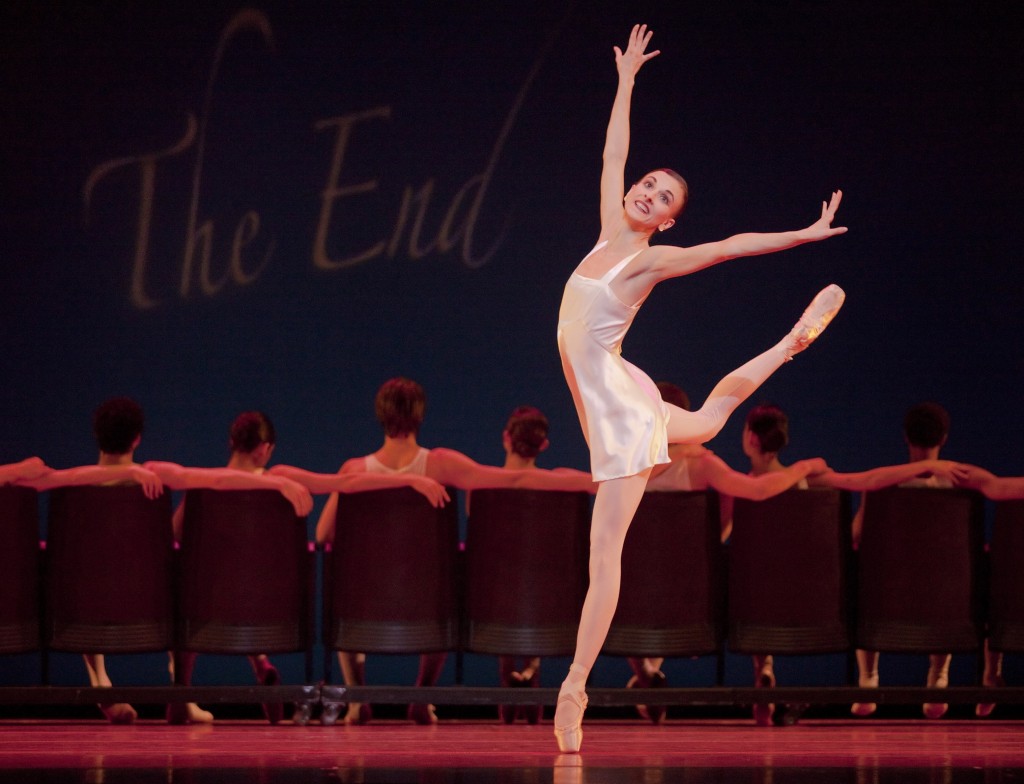 Anne Mueller in Eyes on You. Photo: Blaine Truitt Covert
Anne Mueller in Eyes on You. Photo: Blaine Truitt Covert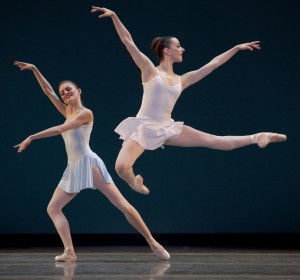 When
When 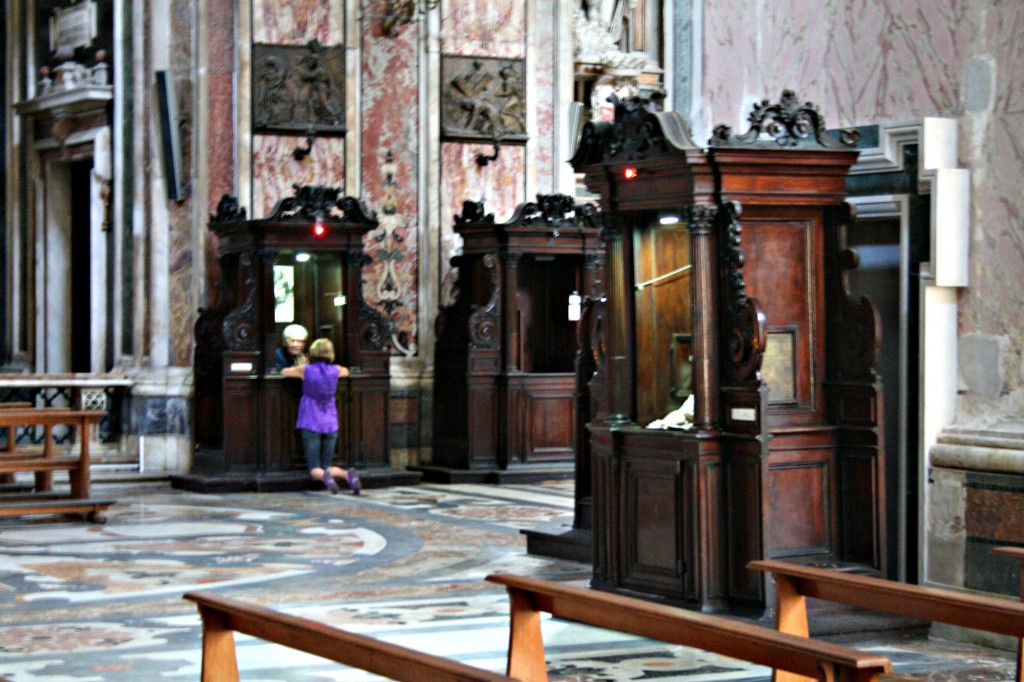
 So let’s play catch-up.
So let’s play catch-up.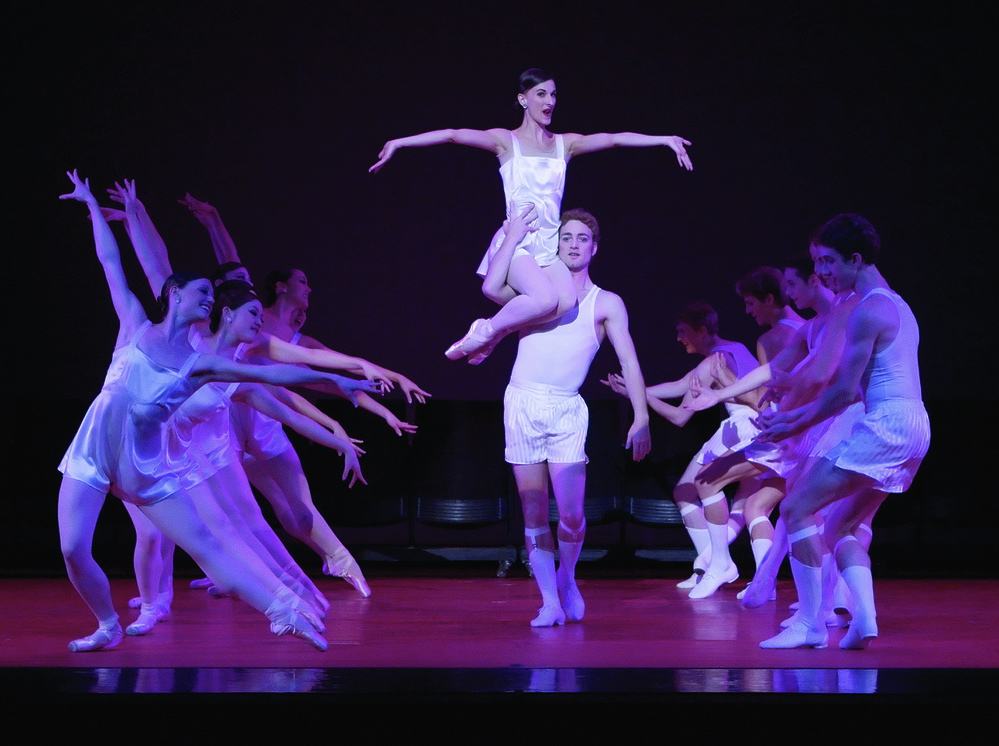
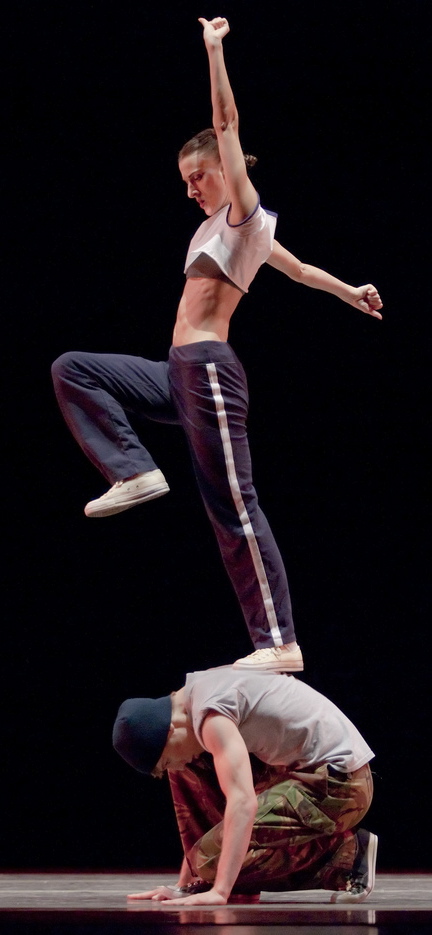 The company also announced that Mueller, who has been preparing for her post-dancing career for several years, will remain at OBT as its artistic coordinator, following the behind-the-scenes lead of another fine dancer, Gavin Larsen, who retired from performing last year and joined the OBT School’s faculty.
The company also announced that Mueller, who has been preparing for her post-dancing career for several years, will remain at OBT as its artistic coordinator, following the behind-the-scenes lead of another fine dancer, Gavin Larsen, who retired from performing last year and joined the OBT School’s faculty.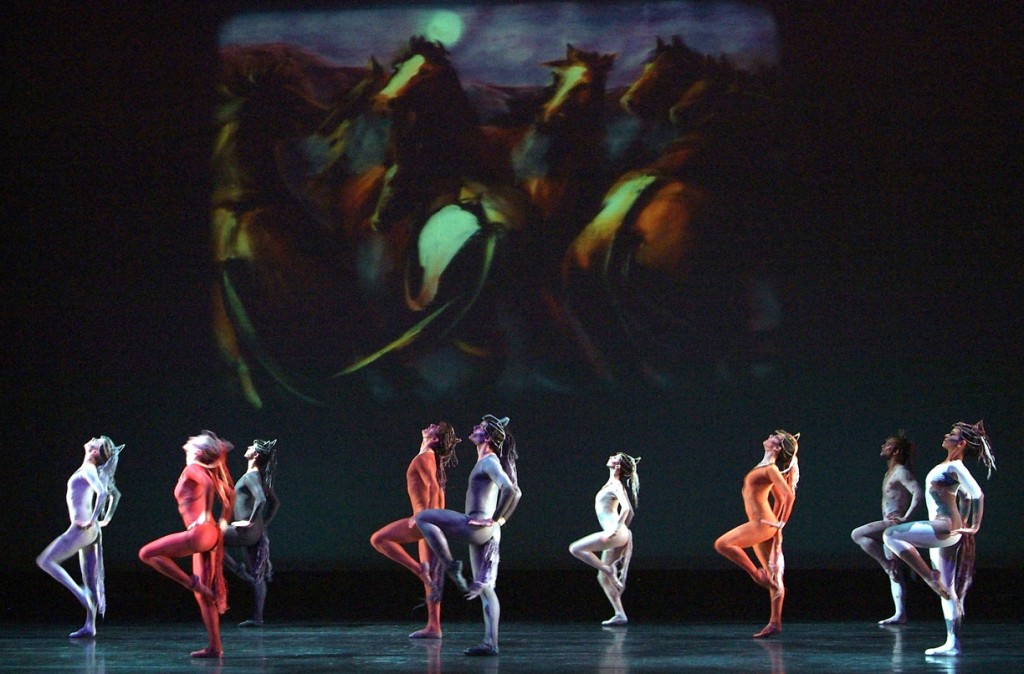
 That conclusion is based on my reading of the first few chapters and the last two, all I’ve gotten through so far, though I hasten to add that despite the over-use of “indeed” and a rather girlish use of italics when she wants to emphasize a point, Homans’ book (she has a Ph.D. in modern European history from New York University) is a very well-written history of ballet. Based on what I’ve seen in the last six weeks in our neck of the woods, though, when it comes to the death of ballet you could have fooled me.
That conclusion is based on my reading of the first few chapters and the last two, all I’ve gotten through so far, though I hasten to add that despite the over-use of “indeed” and a rather girlish use of italics when she wants to emphasize a point, Homans’ book (she has a Ph.D. in modern European history from New York University) is a very well-written history of ballet. Based on what I’ve seen in the last six weeks in our neck of the woods, though, when it comes to the death of ballet you could have fooled me.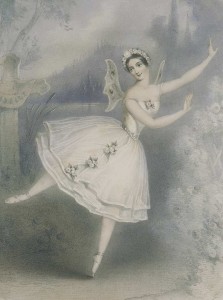 But no one seems quite as oddball, or as eerily sympathetic and nasty at the same time, as the
But no one seems quite as oddball, or as eerily sympathetic and nasty at the same time, as the 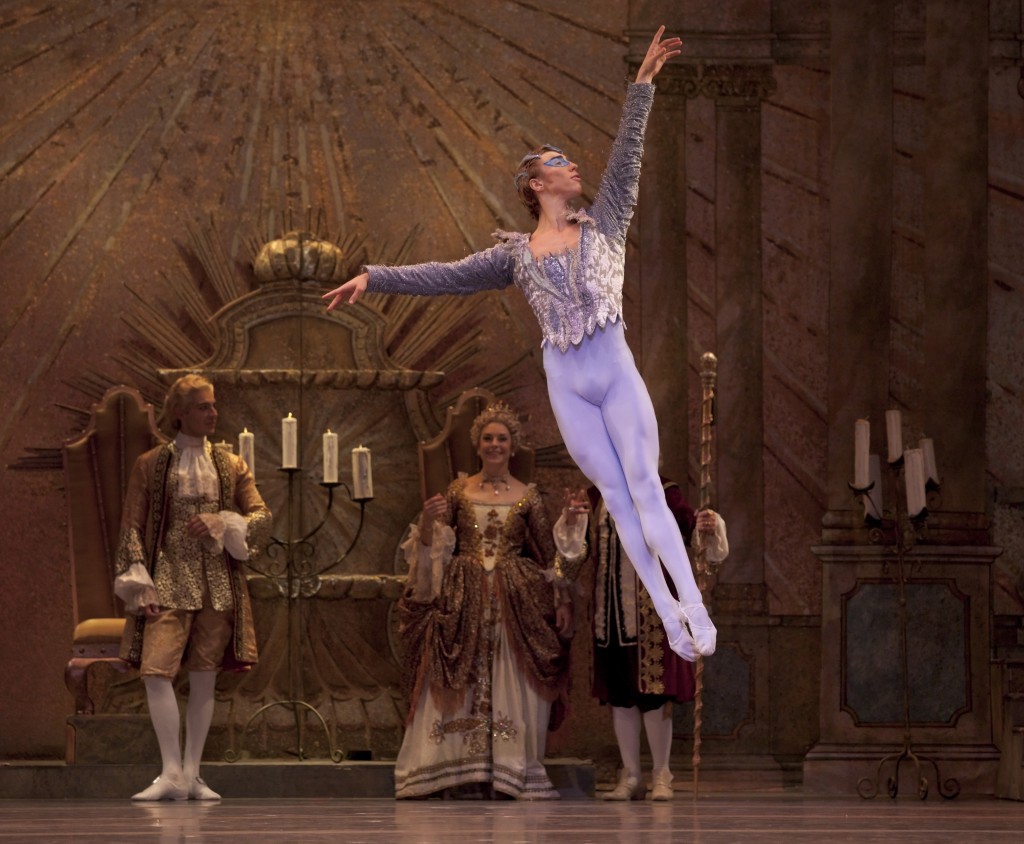

 Her daughter,
Her daughter, 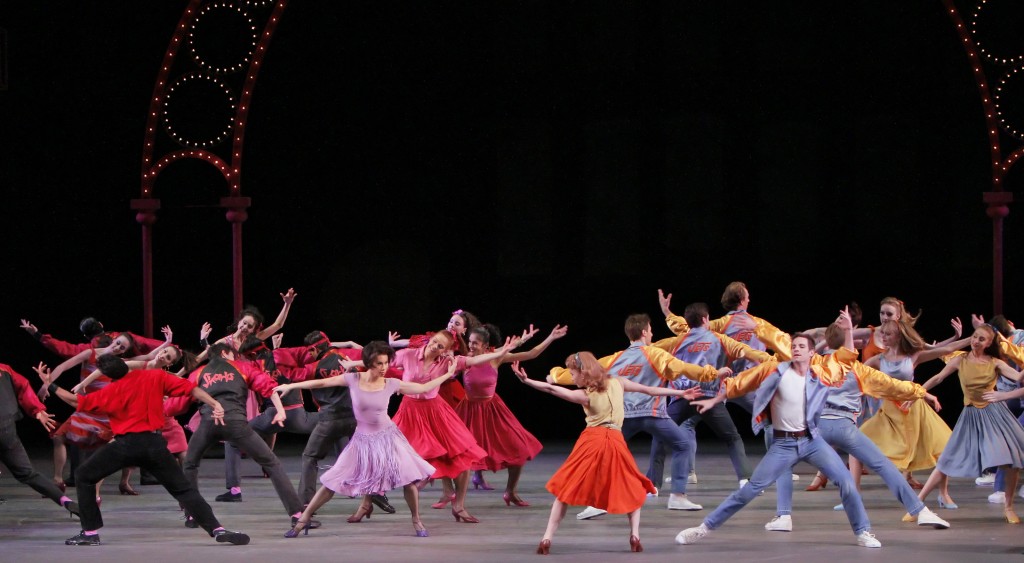
 The worst performance shall come first: an unspeakably godawful belly dance demonstration on board the Nile River boat on which I spent four otherwise glorious nights.
The worst performance shall come first: an unspeakably godawful belly dance demonstration on board the Nile River boat on which I spent four otherwise glorious nights.